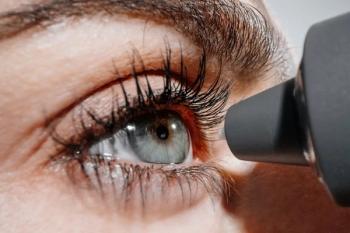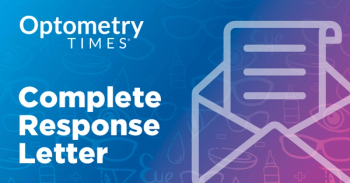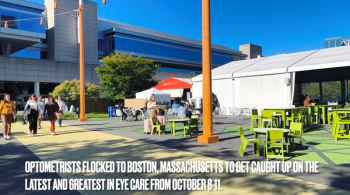
Online visual acuity test gains FDA clearance
The web-based, self-guided software application is accessed through touchscreen mobile devices.
An online visual acuity test, the Visibly Digital Acuity Product (VDAP) (Visibly, Inc.), recently gained clearance from the Food and Drug Administration (FDA).1
The FDA described the VDAP as a web-based, self-guided software application that consumers can access using a touchscreen mobile device and internet-connected computer.
Adults aged 22 to 40 years who can perform an in-home self-test can use the test to help evaluate visual acuity, the FDA said.
According to the FDA website, “The application’s recommendations are intended to be supportive recommendations that will be used by an eye care provider, along with the patient’s medical history and profile, prior corrective eyewear prescriptions, and subjective vision data. This device does not provide screening or diagnosis of eye health or other disease and does not replace an eye health exam with a licensed provider.”
After the patient completes the test, the vision results are sent eye care professionals to evaluate and follow-up with the patient, for corrective lens prescription renewal online or referral for an in-person eye examination.
Reference
1. Larkin H. JAMA. Online visual acuity test cleared. 2022;328(13):1290. doi:10.1001/jama.2022.15443
Newsletter
Want more insights like this? Subscribe to Optometry Times and get clinical pearls and practice tips delivered straight to your inbox.


















































.png)


